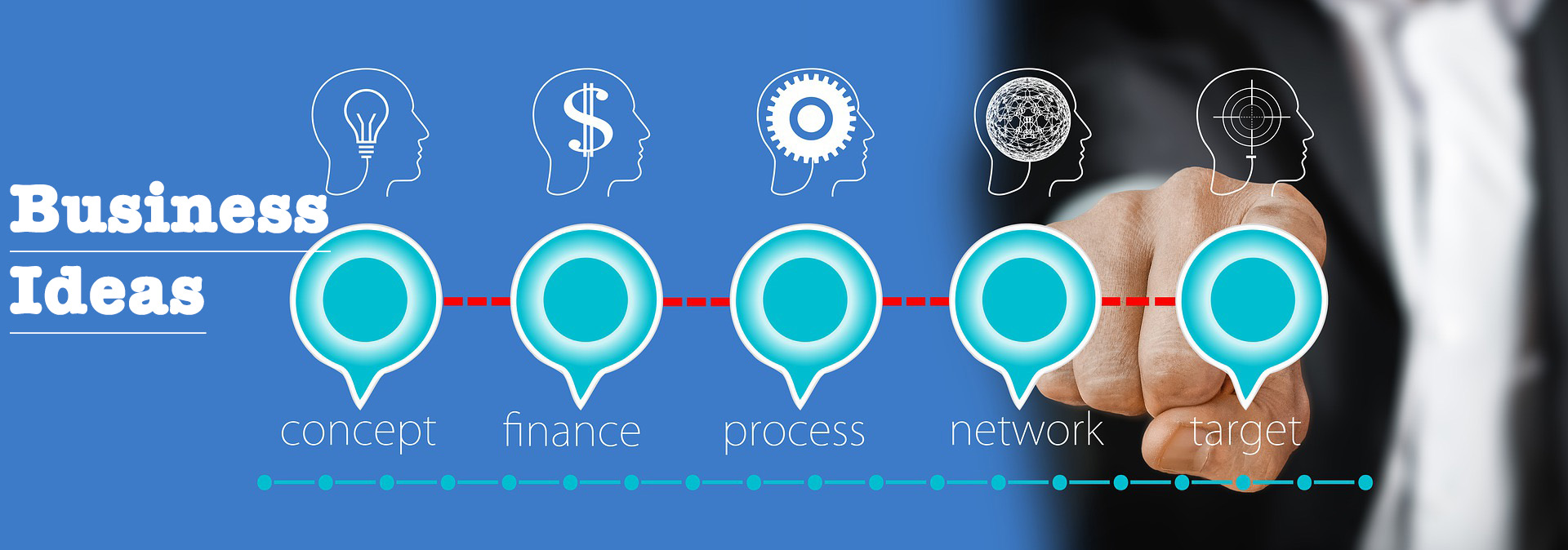Solar Energy systems convert the sun’s properties into electrical or thermal energy that can be used in a variety of applications. They are not only cost-effective but also eco-friendly. Solar energy systems convert sunlight into thermal or electrical power that can be used in many applications. Solar energy can power many devices, including heating and cooling systems for homes and offices. These systems are also relatively cheap compared to alternative renewable energies. Solar energy can be stored in a variety of ways, such as thermal or battery storage. This reliable power source is then available at any time. So make the switch today and start reaping the benefits of harnessing solar energy!
Solar Energy: Advantages and Disadvantages
Astonishingly, Solar Energy is renewable and emission-free! Photovoltaic solar cells are also relatively simple to install with low maintenance costs. Moreover, the technology continues to advance rapidly; its effectiveness and cost-effectiveness are expected to skyrocket in the near future.
It’s also expensive. Solar energy remains more expensive than other sources, such as coal or natural gas. Additionally, being so dependant on climate conditions can decrease efficiency drastically reducing power production. Solar energy is not available everywhere due to climate variations around the world.
Comparing Solar Energy to Other Forms of Power
Solar energy has a wide range of applications and benefits. Solar energy is environmentally friendly, as it emits no pollution or other emissions. Furthermore, solar power is incredibly cost-effective and easy to access, requiring little specialized Knowledge for installation or operation. Investors have discovered that investments in solar energy yield better returns than traditional sources of energy production, making it an attractive option for many needs.
The Basics of Solar Energy
Perplexed by the power of the sun? Are you in awe at its ability to produce renewable energy? Solar energy, which is derived from the sun, is one of most popular sources of renewable and clean energy. Solar energy can be converted into electricity by photovoltaics, but it can also power appliances, heat water for swimming pools and homes. There are many benefits: less dependence on traditional energy sources such as coal, 100 percent clean (no pollutants released), reliable, efficient and available all over the globe with minimal installation costs! Bursting with potential – solar power is a form of renewable energy that should not be overlooked!
